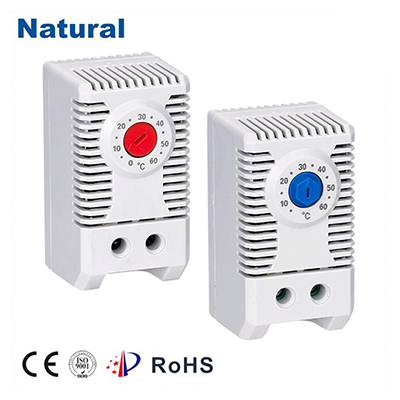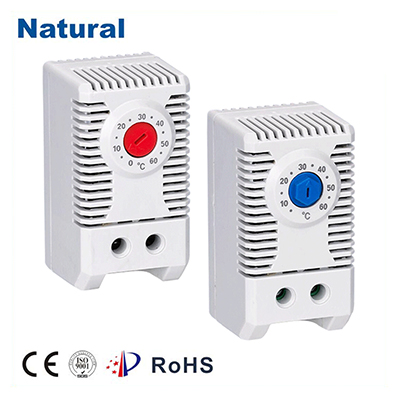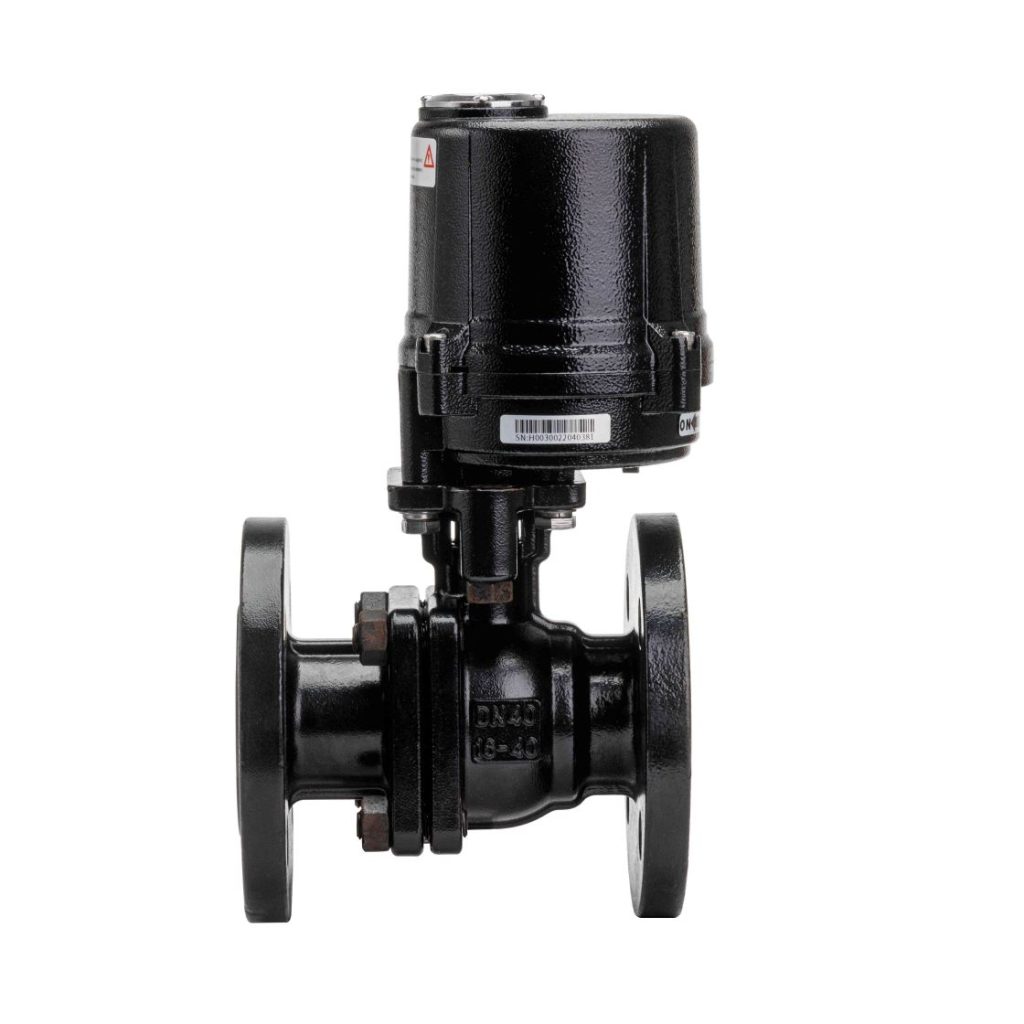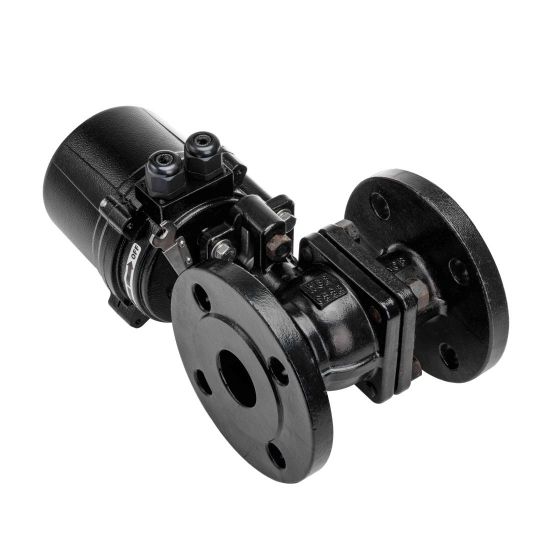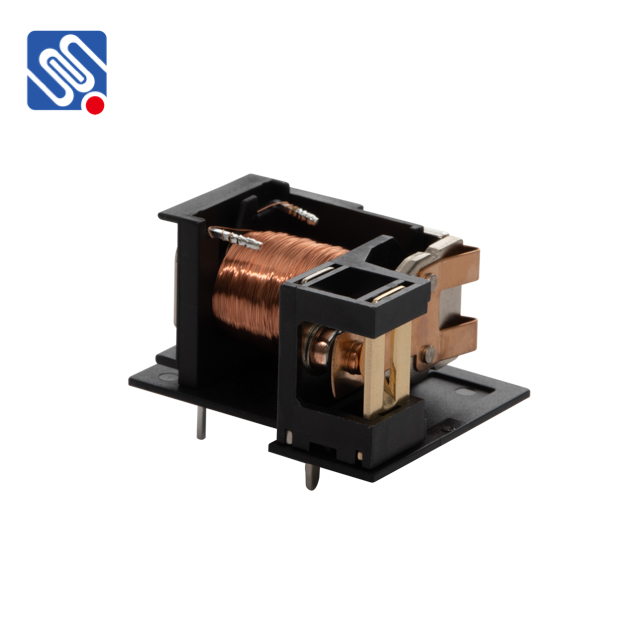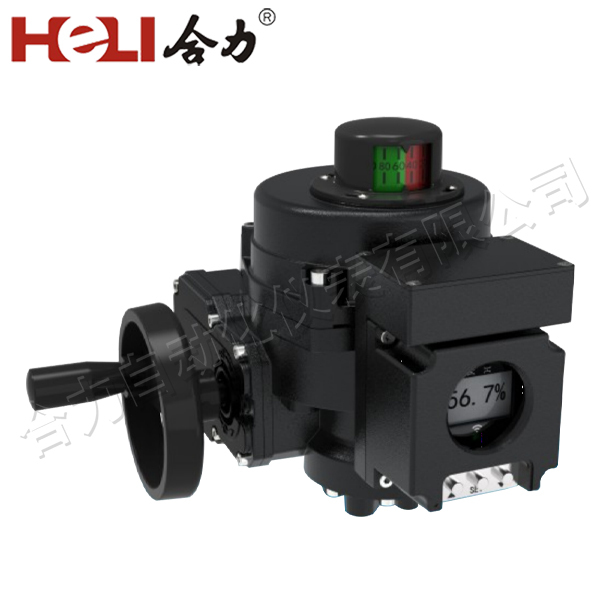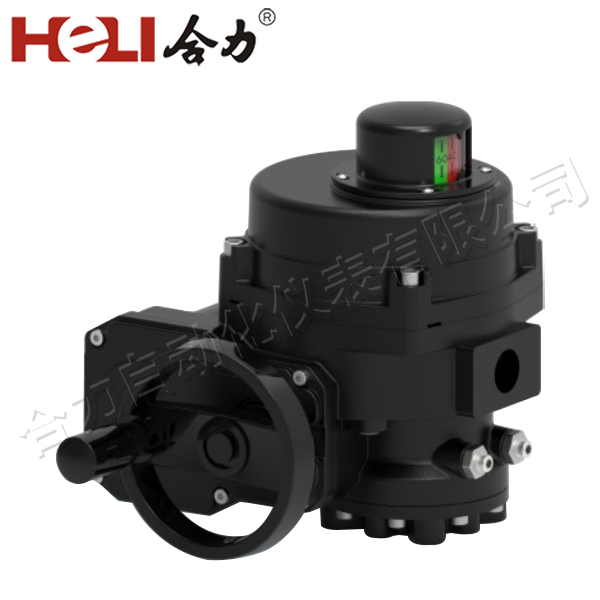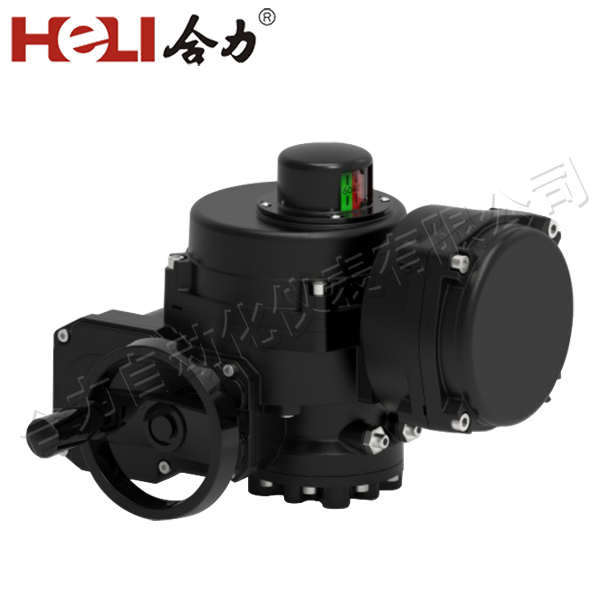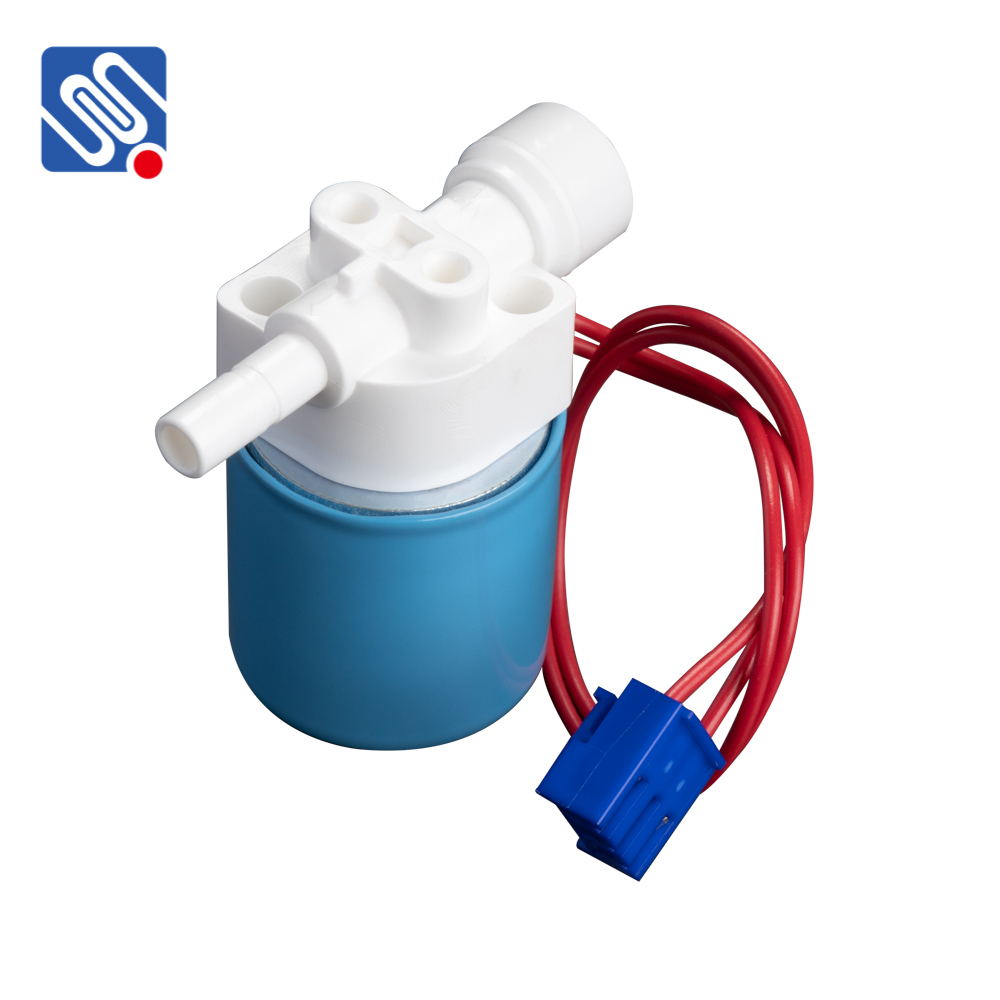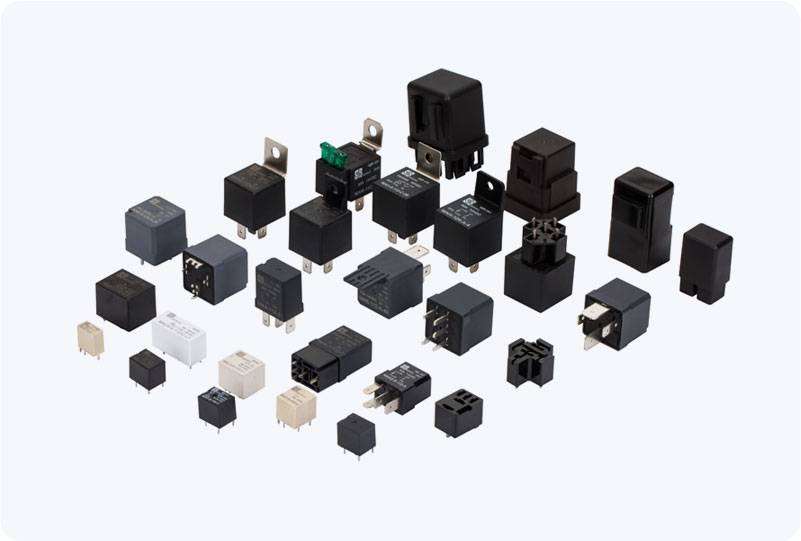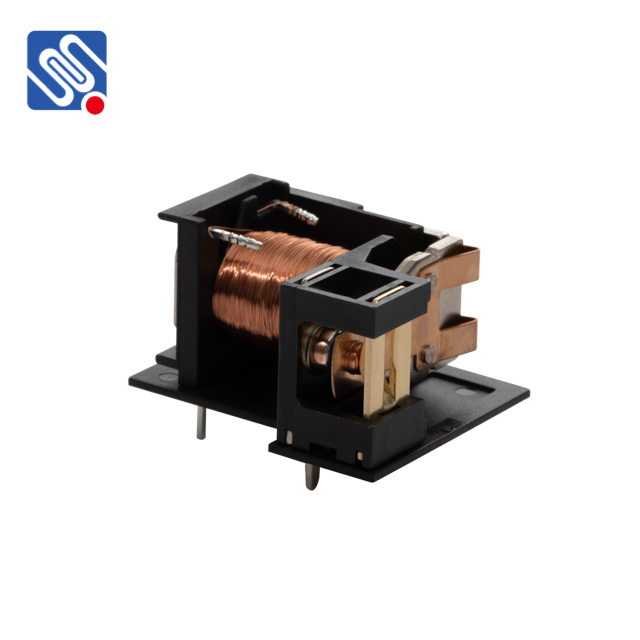In the rapidly evolving world of industrial automation and control systems, electric valves play a crucial role in regulating fluid flow and ensuring optimal performance of various systems. Among the different types of electric valves, the China electric two-seat regulating valve stands out as an essential component for precise and reliable control in numerous industries. This article explores the significance of these valves, the role of Chinese manufacturers in their production, and the key benefits they offer.

What is an Electric Two-Seat Regulating Valve? An electric two-seat regulating valve is a type of control valve designed to modulate the flow of fluids or gases in a system. It operates by adjusting the position of two seats, controlling the flow of the medium through the valve based on signals from a controller or actuator. The “two-seat” configuration refers to the design where two seats work together to provide a more stable and accurate regulation of flow compared to a single-seat valve. These valves are particularly suited for applications where precise control and consistent flow are critical, such as in the chemical, petrochemical, pharmaceutical, food and beverage, and power generation industries. The electric actuator that drives the valve allows for automatic regulation, making it ideal for systems that require remote or automated control.
